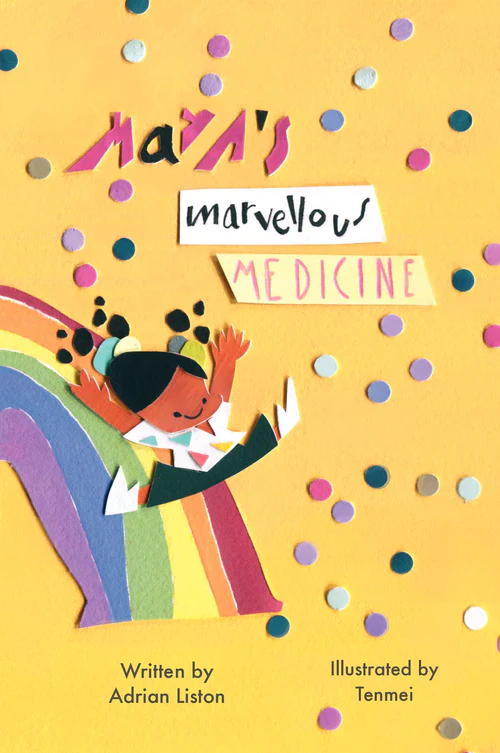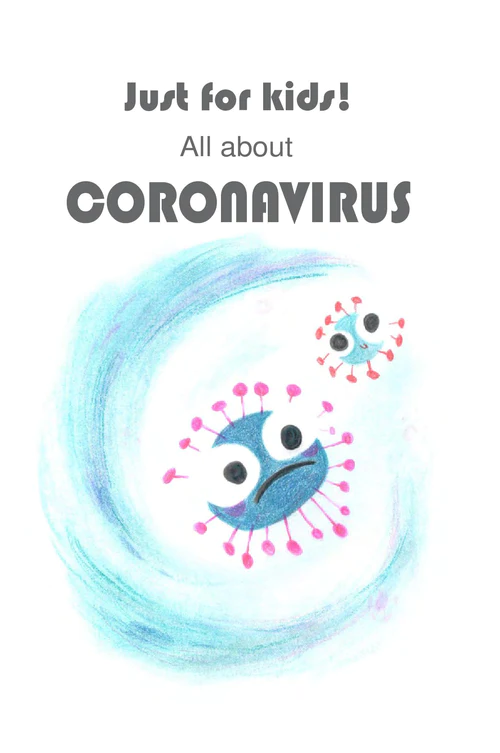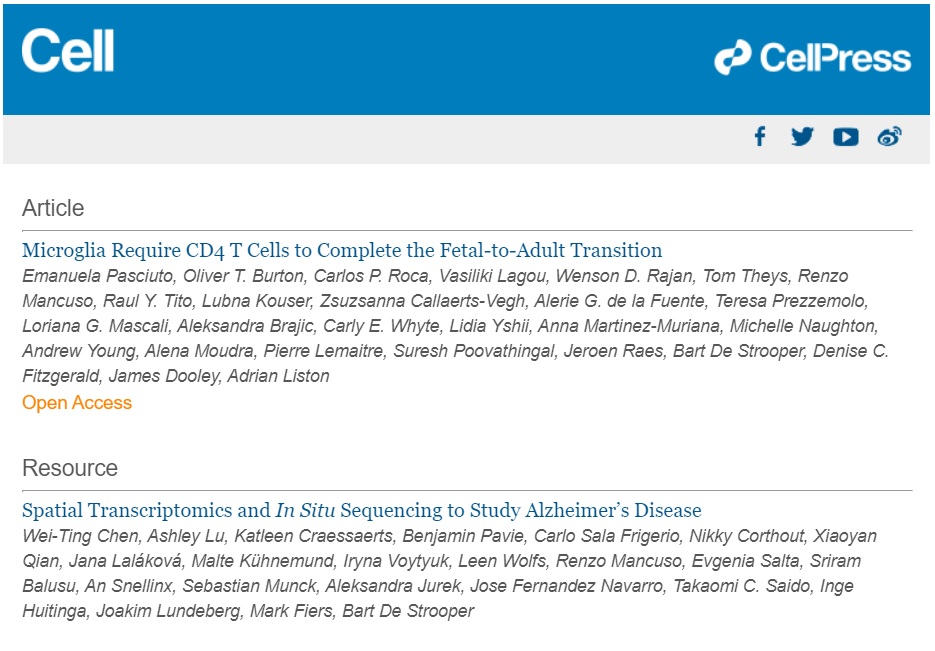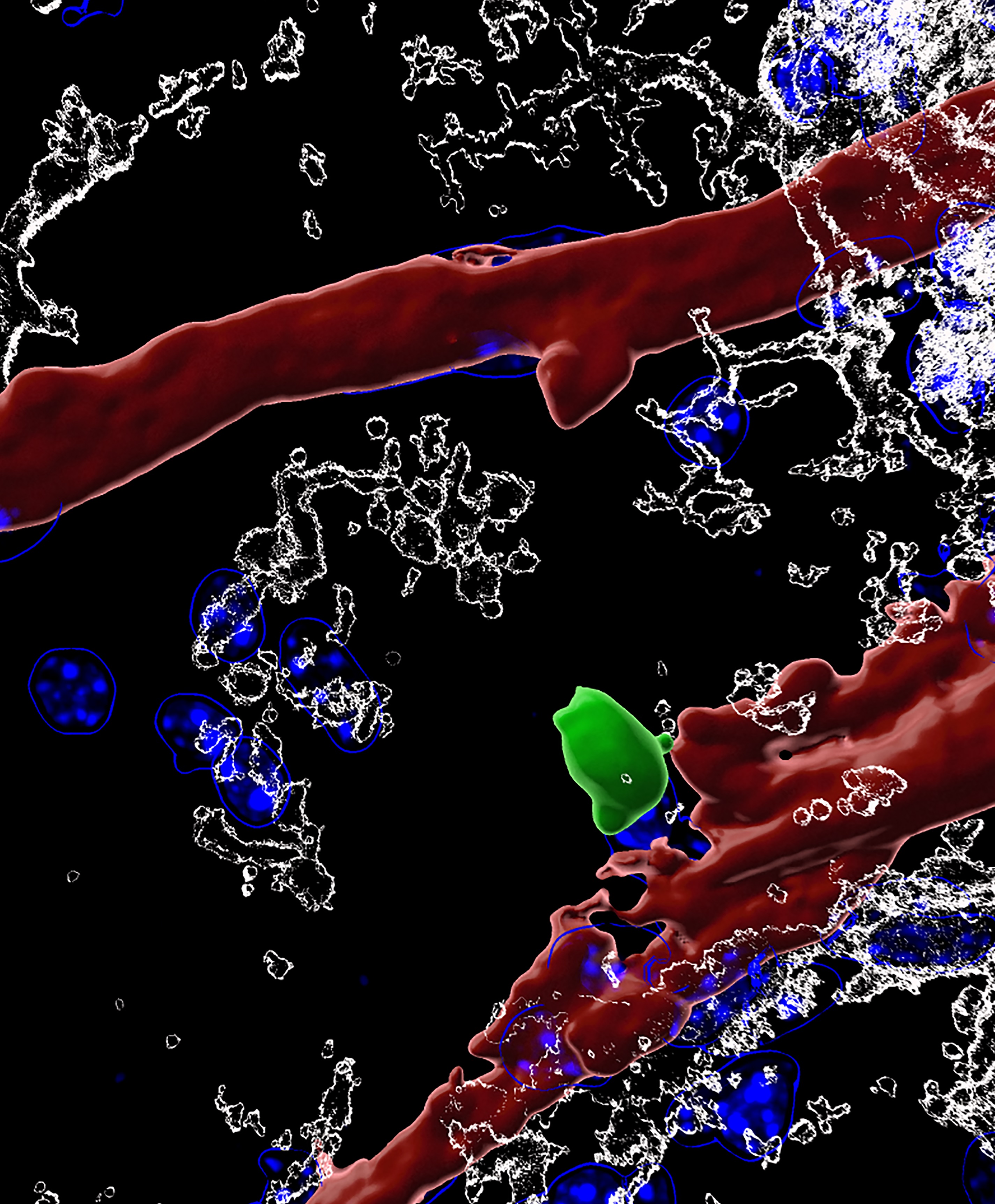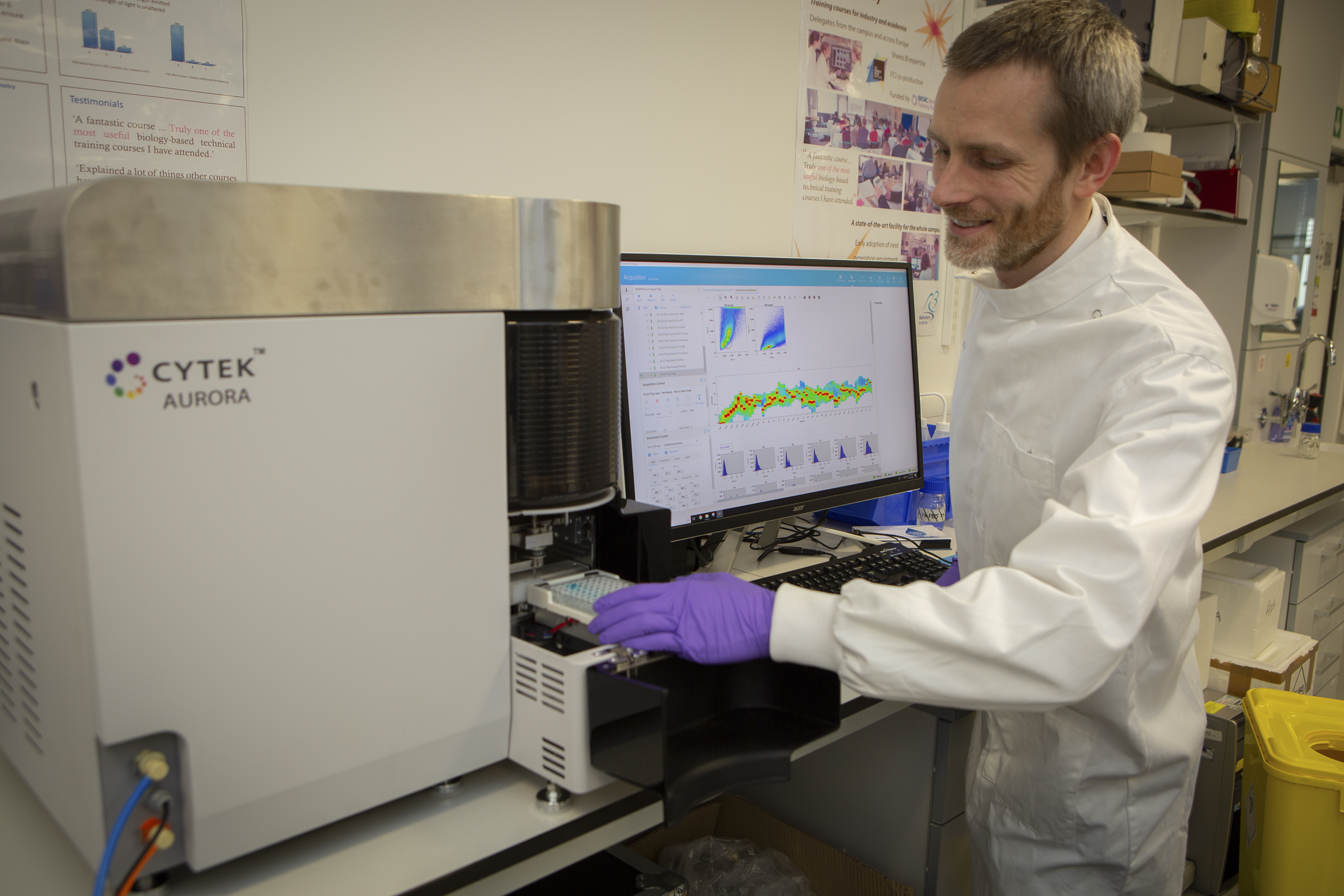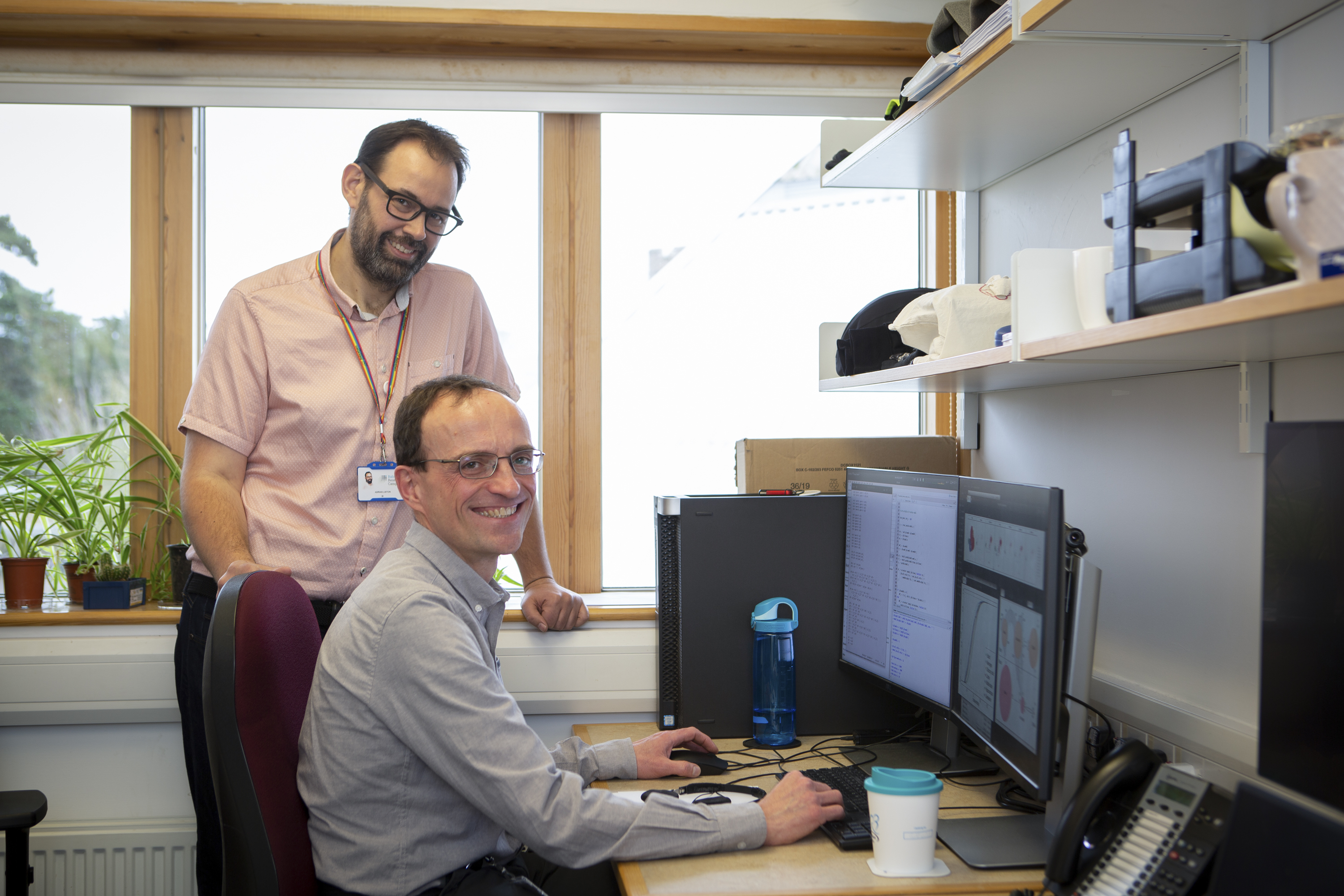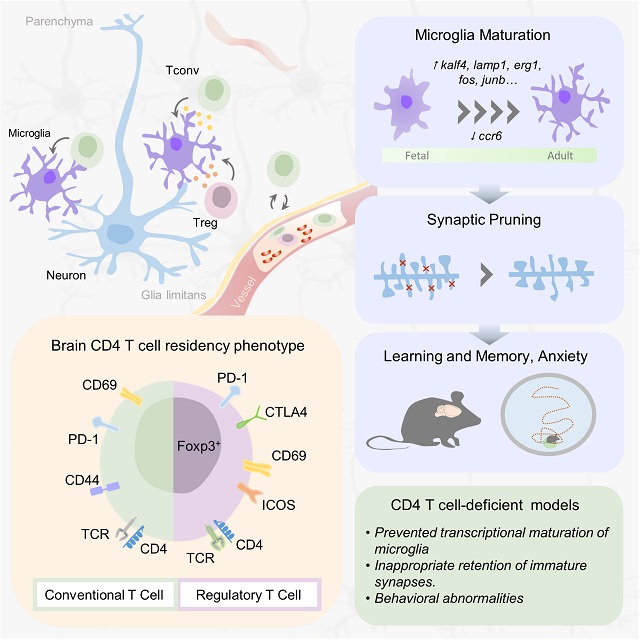Lab retreat 2020 edition
 Wednesday, October 21, 2020 at 2:13PM
Wednesday, October 21, 2020 at 2:13PM Our lab retreat is a real highlight of the lab, with the Leuven and Cambridge teams getting together to share ideas and progress, brainstorm and socialise. We usually have a couple of retreats a year. Unfortunately our first was cancelled in 2020 by the lockdown, and we decided to make the second one virtual.
Having spent many, many hours on zoom calls over the past six months, I was quite worried about three solid days of a virtual zoom meeting. Fortunately it was a great success! Excellent science (of course) and the level of interaction was as good as an in-person retreat. I don't think it can ever replace in-person meetings, since the success builds on the already-existing personal connections, but perhaps a virtual retreat will substitute for every second retreat going forward?
Secret tips for a zoom retreat:
- Planning in advance. We sent out a spreadsheet with all the links, talk times and titles, discussion blocks, social activities, etc. There was a lot to plan, so I delegated tasks to lots of people, but that still means a lot of follow-up to make sure people have actually done their bit and communicated it. The investment in advance is worth it though! We were lucky to have Dr Loriana Mascali to coordinate much of the retreat, and there was great investment by many lab members on different sections.
- Have a dynamic schedule. Lots of small talks with breaks is easier to handle. For several people we broke up their talk into several subtalks to make sure that all talks were between 10 and 30 minutes. We also arranged to be zoom-bombed by Daisy the goat, to break up the rhythm. Enough discussion time needs to be added, otherwise you'll end up consuming the break time.

- Stick to the schedule as much as possible. Talks that start to really drag on are often those where there are big problems - there is only so long it is helpful to hammer home those points. Build some flexibility into the schedule (so you can keep positive discussions going even if they go over time), but don't let it derail the entire program. Having breakslides is also useful, so that people can always see when the talks resume by looking at the screen, rather than needing to check the program and try to remember if they were five minutes behind or not.
- Actively try to stimulate discussion and interaction. It does not happen organically on zoom, so you need to promote it. I used secret "cheerleaders and shade-throwers". A cheerleader needs to make a positive comment on a talk, while a shade-thrower needs to make a critical comment. They then pass the duty off (in secret) to another person. The net effect is that people get used to making comments, and you have a 2:1 ratio of positive:critical comments. It makes for a lot of conversation and use of the zoom chat. Eventually everyone catches on, but the habit is already established by then! We also used polls, with pre-defined multiple choice questions on each talk. If you see someone not participating, a private chat message can encourage them to engage once, after which they are more likely to engage again.

- Social activities. We had lab bingo running each day (with custom words), which people really got into. Zoom werewolf was a huge success. Virtual escape room was fantastic, which for us was custom made "escape from the lab cold room", but there are plenty of paid options available. Break-out rooms for social interaction are good, but should be broken into smaller groups to get conversation going (6-8 people are good).

- External guests. We invited several potential post-docs / students and long-term collaborators to join. I made it clear up front that they weren't expected for the full three days, and they had the program so that they could jump in for the sessions that interested them the most. A nice way to get expert feedback from people who are not the same old good.
 Liston lab
Liston lab 

